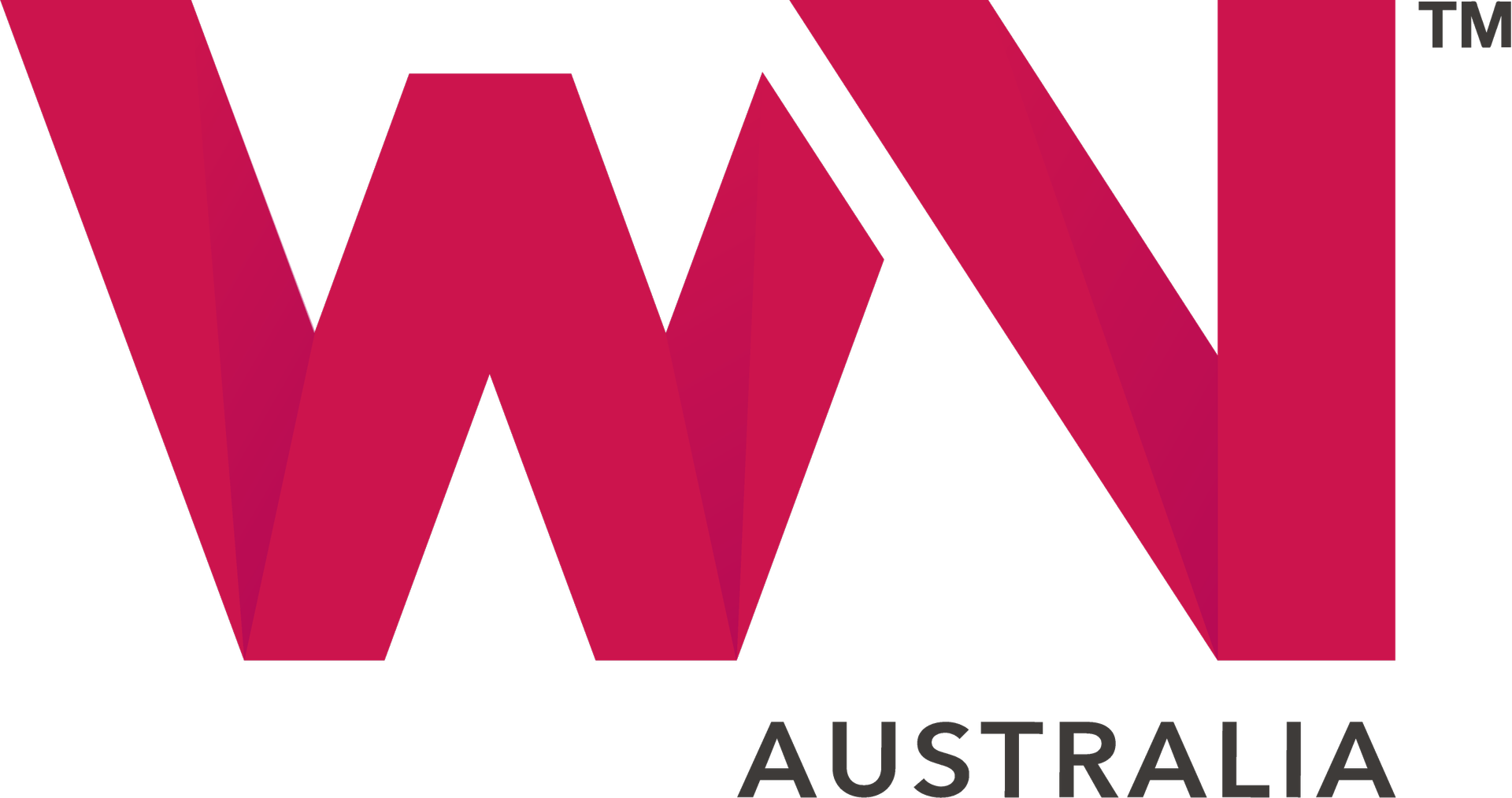How HR Departments Can Navigate Unconscious Bias in Recruitment

Unconscious bias is when you make decisions or judgments based on assumptions, stereotypes, or preferences without evidence of objective facts. It can affect various aspects of HR, from recruitment to performance evaluation, promotion, and compensation. If HR can’t overcome unconscious bias, it can undermine their efforts to achieve a diverse and inclusive workplace culture.
Here’s how HR departments can navigate unconscious bias in recruitment.
- Rework your Job Descriptions
HR should take the time to rework the company’s job descriptions for hiring. Job listings play a crucial role in integrating unconscious bias in recruitment and are often the first impression of a company’s culture. Even subtle word choices will strongly impact a company’s ability to attract a pool of talent.
Research shows that masculine language, including words like determined and competitive, can make women perceive they do not belong in the work environment. On the other hand, cooperation and collaboration can attract more women than men. HR should consider using software programs to highlight stereotypically gendered words when reworking job descriptions. The software can suggest removing these words and replacing them with something neutral.
Gender-neutral job descriptions allow companies to reach out to more inclusive and balanced applicant selections. Unfortunately, many job advertisements still use gendered words. While you will find millions of highly qualified female candidates, you could miss them if your job description contains male-coded words. The same thing can happen if you overlook highly qualified male applicants since your job descriptions may have female-coded phrases.
Focus on skills and competencies when developing job descriptions. Instead of posting bullet points stating irrelevant qualifications, emphasise daily responsibilities. A lengthy listing of job requirements will only scare away candidates and create the impression that working for your company can be an ordeal.
- Create a Diverse HR Team
Organisations worldwide are working hard to create policies to attract a diverse talent pool, spending thousands on diversity and inclusion. However, some companies overlook the importance of creating a diverse HR team. When it comes to this, companies should consider working with specialists in HR recruitment who can help maintain diversity and work towards preventing bias when hiring new employees.
Having a diverse HR team can help make the underrepresented groups in the organisation feel more comfortable, especially when discussing sensitive subjects. HR staff can communicate and empathise better with people from different backgrounds if they are diverse, allowing them to bring different perspectives to discussions about hiring, training, and internal promotions.
Companies establishing a diverse HR team means they are committed to Diversity, Equity, and Inclusion. The HR is the first encounter every employee has with the company since the team is responsible for onboarding new employees, organising training and development, and creating a positive work environment for employees.
Establishing a team of HR professionals from different backgrounds can open doors to new perspectives on diverse-related initiatives through the hiring process, from recruiting to onboarding and retention. When organisations have a diverse team, there will be more opportunities for discussion, bringing more creativity to the team.
- Measure Your Progress
As you navigate unconscious bias in recruitment, try to keep track of your progress. Set goals related to diversity at the start and measure your progress. That way, you will know where you are heading.
You must have measurable goals if diversity is part of your organisation’s ethos. That way, you can evaluate your efforts. These goals will also remind your team to continue working towards achieving greater diversity and inclusion in recruitment, encouraging them to get involved in your efforts.
Once you have set goals and metrics for Diversity and Inclusion, you must collect and analyse the data to inform you of your progress and performance. Use different methods and sources for collecting data, such as interviews, surveys, observations, focus groups, performance reviews, and exit interviews.
You can rely on quantitative data like numbers, ratios, and percentages or qualitative data like opinions, feedback, and stories. The goal is to ensure that your data is valid and reliable, representing your organisation’s goals. You can also use tools and techniques to measure your progress, such as inferential statistics, descriptive statistics, and thematic analysis.
- Learn about Diversity and Inclusion
Providing education around diversity and inclusion is essential before the hiring process, which helps your HR team to navigate unconscious bias in recruitment. You can work on developing this area by gaining certificates in inclusion and diversity in your industry.
Aside from the HR team, companies should educate everyone at all levels about diversity, inclusion, and cultural sensitivity. One strategy is to offer online training to employees. Offering interactive and cost-effective training to teach employees about age, gender, and sexual orientation can help your company achieve a diverse and inclusive culture, not just in recruitment but in the entire organisation.
The education on diversity and inclusion must begin with company leadership. For an effective change to happen, everyone should be committed to embracing diversity. Aside from the HR team, CEOs, managers, supervisors, and team leaders should learn how to adapt to a diverse and inclusive work environment.
- Look at Applications Blindly
HR should integrate blind recruitment, a process of removing all identification details from the candidates’ applications and resumes. Blind recruitment allows the hiring team to evaluate people according to their experience and skills instead of relying on factors that can lead to biased decisions.
One of the easiest ways to establish a blind recruitment strategy is to assign a team member not involved in hiring to anonymise the candidates’ information. Develop a template to plug in each person’s skills, work experience, degree, and other crucial information you’ve identified in the candidate profile. Assign a number to each candidate. For instance, candidate one has several years of working experience, while candidate two has earned a certain degree. Use the information to decide who should go to the next interview stage.
If you are striving to achieve gender balance and equality in your organisation, blind recruitment can help you acquire the results you hope for.
